Metal lock doors are a fundamental part of both residential and commercial properties, offering durability, strength, and security. These doors are widely used in homes, offices, and facilities to ensure the safety of occupants and valuable belongings.
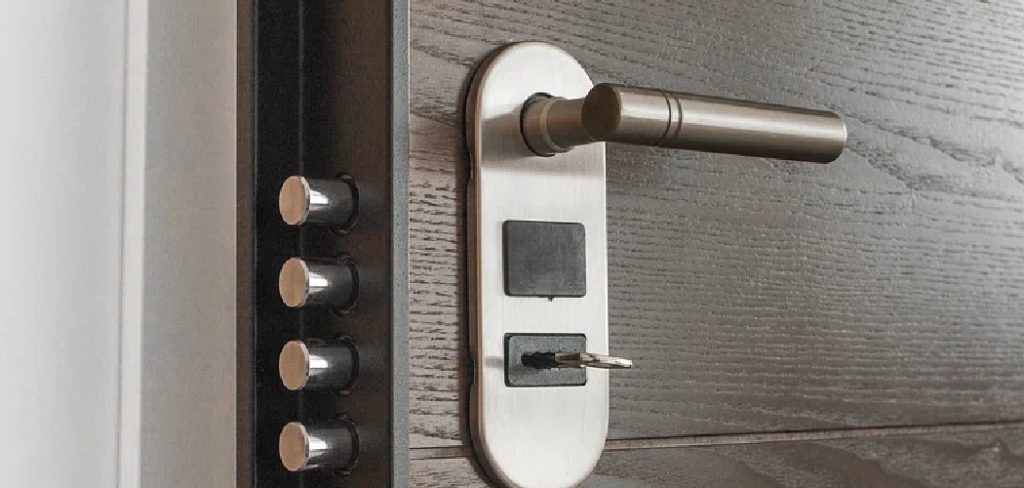
However, with time and frequent use, metal lock doors can experience issues such as misalignment, sticking mechanisms, or worn-out components, compromising their functionality and security.
Maintaining a functional lock is crucial to preserving privacy and preventing unauthorized access. A well-maintained lock not only ensures the safety of your property but also prolongs the door’s life. Ignoring minor problems can lead to more significant issues, potentially requiring costly replacements or professional repairs.
This article explores how to repair metal lock door problems by providing practical, step-by-step solutions. Whether you’re dealing with a jammed lock, loose hardware, or a door frame issue, this guide will equip you with the knowledge to address common challenges effectively and maintain your door’s security and reliability.
Common Issues with Metal Lock Doors
Lock Misalignment
A misaligned lock is a common issue that can prevent a door from properly locking or unlocking, compromising both security and usability. This problem occurs when the latch or bolt of the lock fails to align correctly with the strike plate in the door frame.
Misalignment often stems from causes such as a sagging door, loose screws, or worn-out hardware over time. These factors can shift the door or its components out of place, making it difficult to operate the lock smoothly. Addressing lock misalignment promptly ensures the door remains functional and provides the intended level of security.
Sticking or Jammed Lock Mechanisms
Sticking or jammed lock mechanisms can leave a door difficult or impossible to operate, posing a significant inconvenience and security risk. Common causes include the buildup of rust, debris, or a lack of proper lubrication within the lock components.
Over time, these factors can hinder the movement of the lock’s internal parts, leading to a jam. It is essential to address this issue promptly by cleaning the mechanism, applying a suitable lubricant, or replacing parts if needed. Timely maintenance prevents further damage and ensures the long-term reliability and performance of the lock.
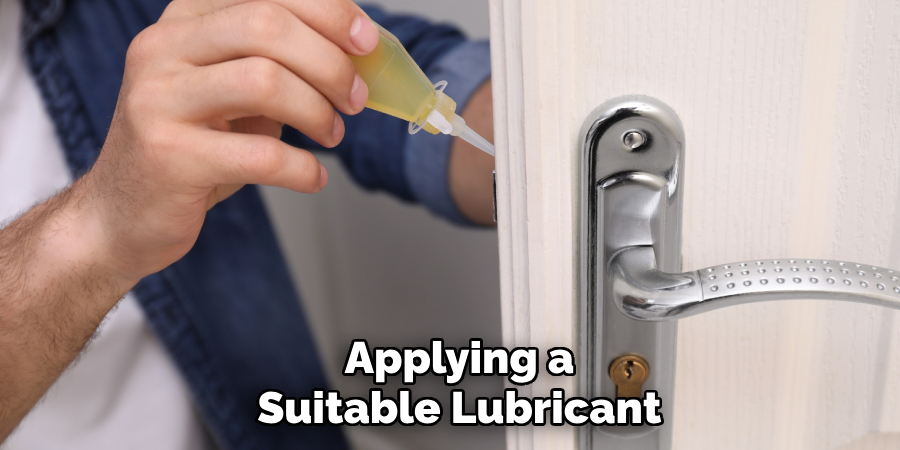
Tools and Materials Needed for Lock Door Repair
Basic Tools
The right tools are crucial for effectively repairing a metal lock door. Essential tools include a screwdriver for removing and reinstalling screws, a wrench for loosening or tightening bolts, and pliers for gripping and manipulating small components.
A drill may be necessary to create new holes or remove damaged hardware for more advanced repairs. A hammer can also be useful for minor adjustments, while a rubber mallet may be employed for gentler tapping without damaging the metal surface. Additionally, a tape measure helps ensure precise alignment and lock lubricant is essential for maintaining smooth mechanism operation.
Replacement Parts
When repairing a metal lock door, you may need to replace certain components to restore its functionality. Common replacement parts include lock cylinders, screws, latches, and strike plates, which are critical for ensuring the door operates securely and correctly.
These parts can become worn or damaged due to regular use, requiring prompt replacement. Sources for these components include local hardware stores, where assistance and advice are often available, as well as online retailers, which offer a wide selection and convenient delivery options. Ensuring you have quality replacement parts is key to maintaining the durability and security of your door.
How to Repair Metal Lock Door: Step-by-Step Guide
Fixing Misaligned Locks
A misaligned lock can pose security risks and make operating the door difficult. Begin by identifying the misalignment issue by checking the strike plate and latch for proper alignment. Observe whether the latch or bolt engages the strike plate completely when the door is closed. Use a level tool to check if the door sits evenly within the frame and identify any tilt or sagging.
To fix the misalignment, tighten loose screws on the hinges or the strike plate using a screwdriver. If the door frame is causing the issue, make the necessary adjustments by loosening the hinges slightly and realigning the door before retightening.
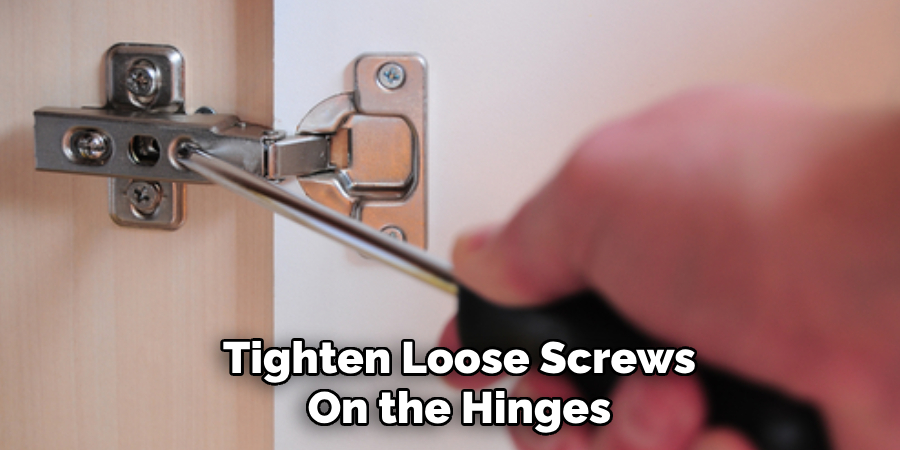
Alternatively, the strike plate can be repositioned by carefully removing it and reinstalling it in the correct position. Regularly test the lock while making adjustments to confirm the problem is resolved. Proper alignment ensures the lock operates smoothly and securely.
Repairing a Sticking Lock Mechanism
A sticking lock mechanism can disrupt functionality, but cleaning and lubrication can often resolve the issue. Start by applying a lock-safe lubricant, such as graphite powder or WD-40, to the keyhole and the moving parts of the lock. Insert the key and turn it twice to distribute the lubricant evenly throughout the mechanism.
If debris or rust buildup is the problem, remove the lock from the door carefully using a screwdriver. Once removed, use an appropriate cleaning solution and a soft brush to scrub away dirt, grease, or rust accumulated within the lock components. Dry the lock thoroughly to avoid moisture-induced damage before reassembling it.
Finally, the cleaned and lubricated lock is reinstalled, and its functionality is tested by locking and unlocking the door multiple times. Routine cleaning and lubrication help keep the lock mechanism operating smoothly, preventing future sticking issues.
Replacing Worn or Damaged Lock Parts
When dealing with worn or damaged lock parts, it is essential to identify faulty components, such as a broken latch, damaged cylinder, or malfunctioning strike plate. Inspect the lock closely and pinpoint the part that is causing the issue.
Begin the replacement process by disassembling the lock using a screwdriver or wrench, following the manufacturer’s instructions. Remove the damaged component carefully without affecting the other parts of the lock. Fit the new replacement part securely, ensuring it is compatible with your lock model. Reinstall all other components of the lock and tighten screws and bolts firmly to maintain stability.
Once the lock is reassembled, test its performance by locking and unlocking the door to confirm the issue is resolved and that the door provides secure functionality. Regular inspections and timely replacements of worn parts enhance the lock’s reliability and longevity.
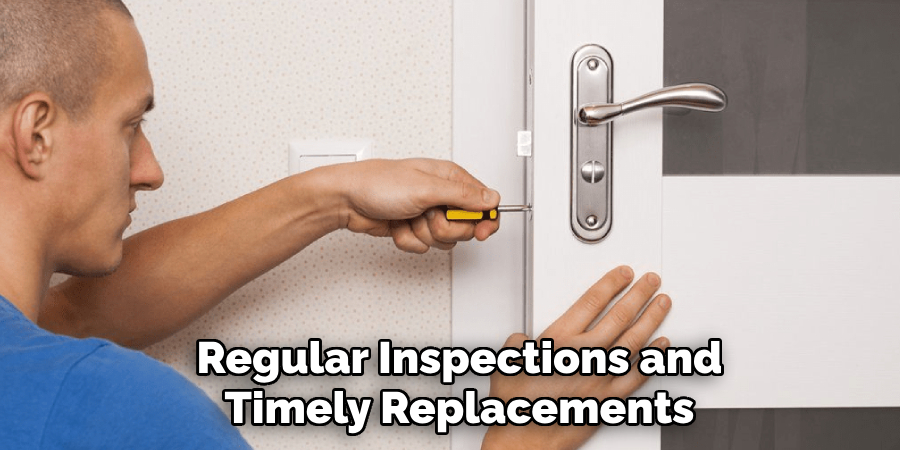
Addressing Door Frame and Hardware Issues
Repairing a Warped or Bent Door Frame
A warped or bent door frame can disrupt the alignment of the lock mechanism, making it difficult to secure the door properly.
Common causes of door frame warping include exposure to moisture, extreme temperature changes, or physical impact. When a frame becomes warped, the lock’s latch or bolt may not align with the strike plate, compromising the door’s functionality and security.
To address this issue, identify the extent of the warping and attempt to adjust the frame using a level tool for accuracy. If the warping is minor, tightening screws in the hinges or installing shims can help correct the alignment.
Replacing the damaged section or the entire door frame may be necessary for severely bent frames. Ensure the new frame is properly installed, aligned, and sealed to prevent future damage. These repairs restore the proper fit and functionality of the door and its lock mechanism.
Fixing Loose or Broken Hardware
Loose or broken hardware can compromise the integrity of a lock and lead to long-term issues if left unaddressed. Begin by inspecting all screws, bolts, and other hardware on the lock and hinges for proper tightness. Use a wrench or screwdriver to securely tighten any loose components, ensuring the lock and door function smoothly.
If hardware such as screws, latches, or hinges is damaged or excessively worn, replace these parts promptly. Choose high-quality replacements that are compatible with the existing lock system.
Reinstall the repaired or replaced hardware with care, ensuring all components are properly secured. Regular maintenance and timely hardware replacements help maintain the lock’s durability and prevent recurring issues.
Preventive Maintenance for Lock Doors
Regular Cleaning and Lubrication
Periodic cleaning and lubrication are essential to maintain the longevity and functionality of lock doors. Over time, dust, dirt, and debris can accumulate within the lock mechanism, leading to sticking or jamming issues. To prevent this, clean the lock mechanism regularly using a soft brush or an appropriate cleaning solution to remove buildup effectively.
After cleaning, apply a lock-safe lubricant such as graphite powder or silicone-based spray to the keyhole and internal components. Avoid using oil-based lubricants, as they can attract dirt. Insert the key and turn it several times to ensure the lubricant is evenly distributed, promoting smooth operation. Regular maintenance like this prevents rust and reduces wear and tear.

Inspecting for Wear and Tear
Routine inspection of the lock and door frame is crucial to identify early signs of damage before they lead to failure. Check for symptoms such as loose screws, misaligned components, or difficulty turning the key, as these may indicate underlying issues.
Examine the strike plate, hinges, and other hardware for wear or damage that could affect functionality. If you notice cracks, rust, or warping, consider replacing the affected parts promptly to maintain the system’s integrity. Conducting these inspections regularly ensures the lock remains secure and minimizes the need for costly repairs in the future.
Troubleshooting Common Problems with Metal Lock Doors
Difficulty Turning the Key
If you experience difficulty turning the key in a metal lock door, the issue may stem from a bent key, a dirty lock mechanism, or a damaged keyway. Start by inspecting the key for bends or wear; if the key is damaged, replace it with a duplicate. If the key is not the problem, clean the lock mechanism using a soft brush or compressed air to remove dirt or debris.
Apply a lock-safe lubricant, such as graphite powder, to ensure smooth operation. If the keyway is broken or significantly damaged, rekeying the lock or replacing the entire lock may be necessary. Consider consulting a locksmith for professional assistance if the problem persists.
Door or Lock Sticking
Sticking doors and locks are common issues caused by weather conditions, moisture-induced swelling, or dirt buildup. To resolve the problem, inspect the door and frame for misalignment or swelling. Sand down swollen areas or apply a wood sealant to prevent future moisture damage.
Clean the lock mechanism to remove accumulated dirt or rust that might be hindering movement. Regular maintenance and adjustments can prevent recurring sticking issues, ensuring the lock and door operate smoothly in varying conditions.
When to Call a Professional
Identifying Complex Issues
While many lock or door issues can be resolved through regular maintenance or DIY repairs, some problems require professional expertise. Broken door frames, advanced lock malfunctions, or significant security concerns are instances where professional help is necessary. If the door frame is severely damaged, it may need to be replaced or reinforced to maintain structural integrity.
Similarly, advanced lock malfunctions such as damaged internal components or electronic lock failures often demand specialized tools and knowledge. Security concerns, like attempted break-ins, may leave locks compromised and in need of expert attention.
Hiring a professional ensures that these issues are addressed correctly and prevents further damage. Locksmiths and door repair experts can diagnose and resolve complex problems efficiently, restoring functionality and security.
Ensuring Proper Security
For certain lock repairs, professional handling is essential to maintain the highest level of door security. Skilled locksmiths or repair technicians possess the experience and tools to execute precise installations or repairs.
To find a qualified expert, research local locksmiths, check reviews, and verify certifications or references to ensure you work with a trusted professional.
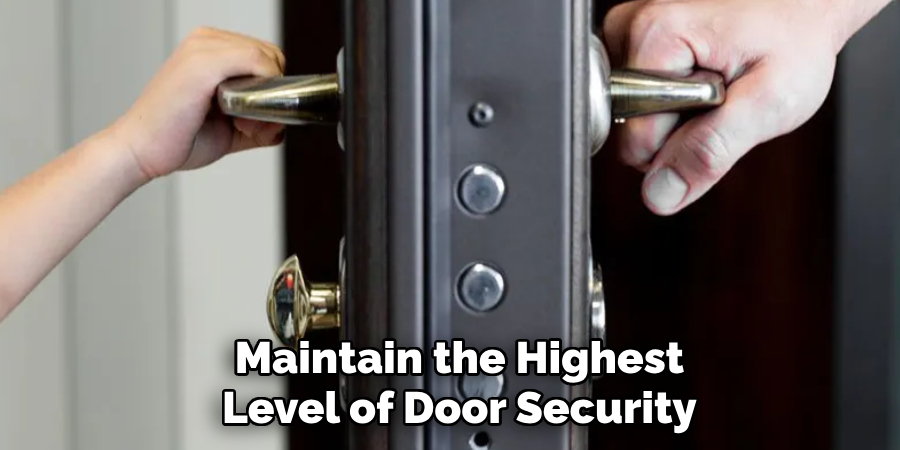
Conclusion
Understanding how to repair metal lock door issues is essential to maintain security and functionality. From addressing loose or broken hardware to cleaning and lubricating lock mechanisms, each step ensures smooth operation. Troubleshooting common problems, such as difficulty turning the key or sticking locks, can often resolve issues effectively, while professional assistance may be required for more complex repairs.
Regular inspections and preventive maintenance are vital to identifying early signs of wear, preventing costly damage, and extending the door’s lifespan. Promptly addressing repairs helps keep metal doors secure and reliable for years to come.
Edmund Sumlin is a skilled author for Metal Fixes, bringing 6 years of expertise in crafting a wide range of metal fixtures. With a strong background in metalwork, Edmund’s knowledge spans various types of fixtures, from decorative pieces to functional hardware, blending precision with creativity. His passion for metalworking and design has made him a trusted resource in the industry.
Professional Focus:
- Expert in Metal Fixtures : Edmund aesthetic specializes in creating durable and innovative metal fixtures, offering both appeal and functionality. His work reflects a deep understanding of metalworking techniques and materials.
- Sustainability Advocate : He is dedicated to using sustainable practices, ensuring that every fixture is crafted with eco-friendly methods while maintaining high-quality standards.
In his writing for Metal Fixes, Edmund provides valuable insights into the latest trends, techniques, and practical advice for those passionate about metal fixtures, whether they are professionals or DIY enthusiasts. His focus on combining artistry with engineering helps others discover the true potential of metal in design.


